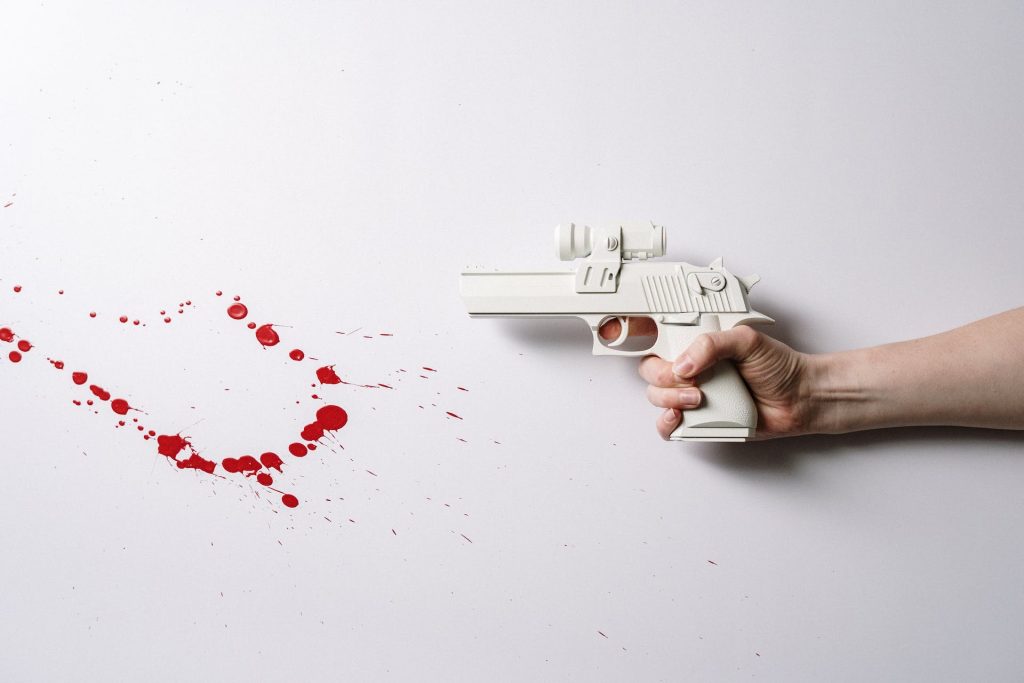Understanding gunshot wound treatment has become apparent as a potentially lifesaving skill set in the face of growing global uncertainties and threats, whether through careful planning or regrettable necessity. Instead of instilling fear or dread, the goal of this extensive handbook is to provide people with the knowledge they need to react responsibly and quickly to such a horrific event.
Regarding gunshot wounds, even the most basic understanding of first aid practises can have a profound impact. The important actions to take, the many kinds of gunshot wounds, where to get the right medical attention, and the value of pertinent training are all intended to be covered in this article.
Understanding Gunshot Wounds
Contents
Because of variables including the kind of weapon used, the calibre, the distance at which the shot was fired, and the precise location of the wound, every gunshot wound is different. Penetrating, perforating, and grazing wounds are the three general categories into which gunshot wounds fall; each requires a distinct kind of medical attention. When providing emergency care for gunshot wounds, understanding these distinctions is a basic requirement.
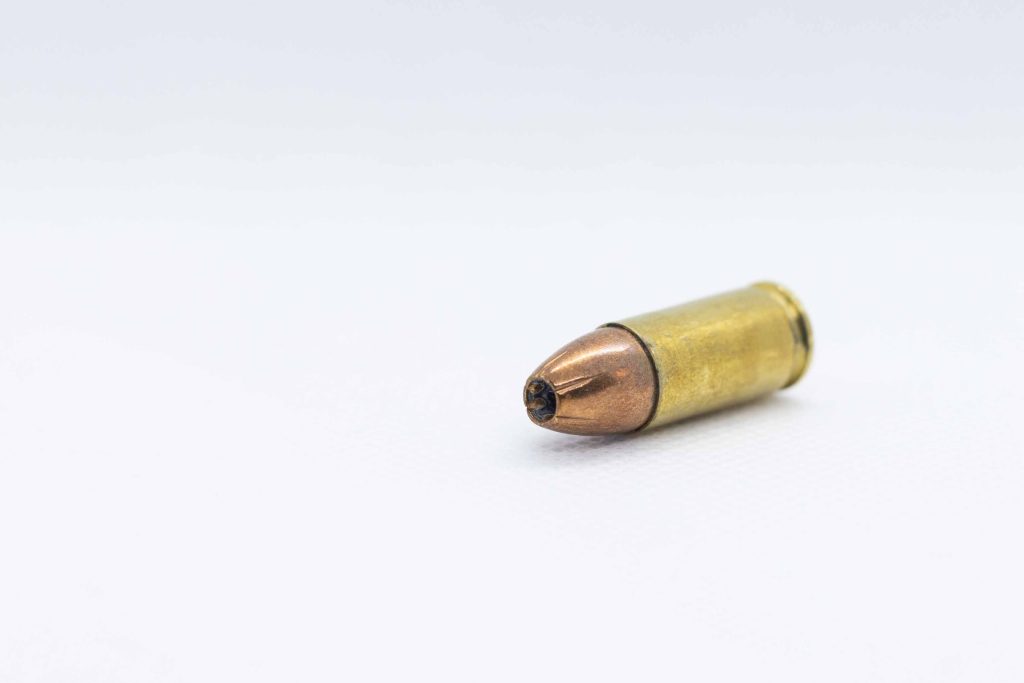
When providing emergency care for gunshot wounds, prioritisation is essential. Even though they might not be the most obvious injuries, you must tend to life-threatening ones first. Gaining knowledge of the biology and anatomy of gunshot wounds, especially the possibility of serious internal injuries, can significantly enhance people’s reactions to these situations.
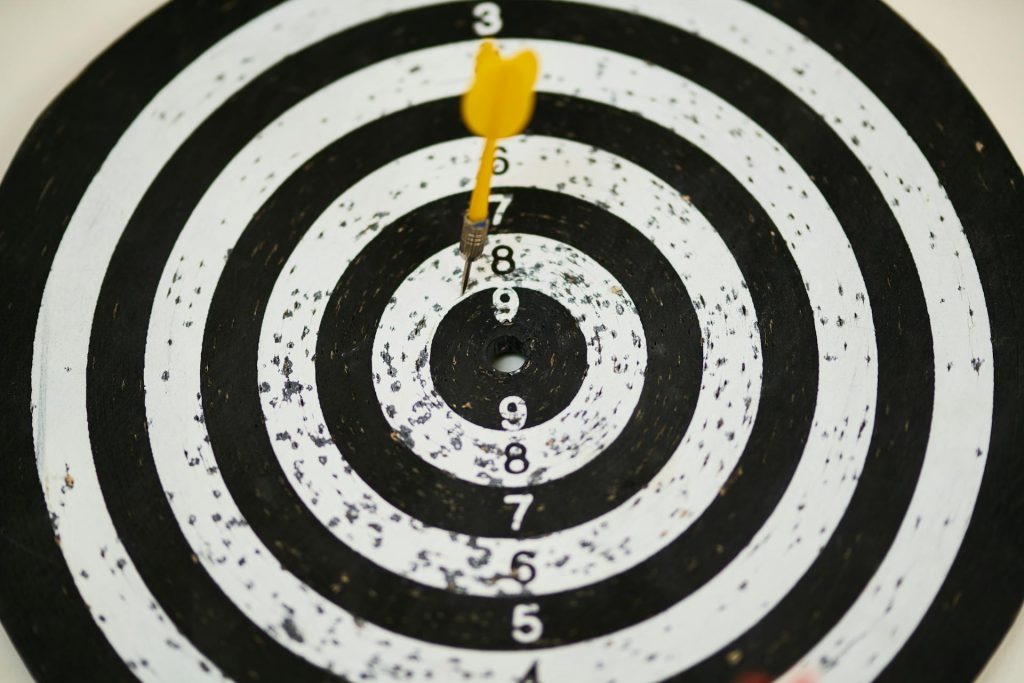
Not every gunshot wound appears as severe right away. In these cases, gathering more information is required in order to accurately assess the wound and establish a communication plan for emergency medical assistance. Knowing the various kinds of gunshot wounds will therefore enable you to successfully communicate with medical professionals and to seek emergency assistance for gunshot wounds.
Initial Response to Gunshot Wounds
Remaining composed under pressure is crucial while responding to any kind of emergency, including gunshot wounds. Panic can impair judgment and prevent quick decisions from being made. Commencing first aid for gunshot injuries requires careful consideration of both the victims’ and one’s own safety.
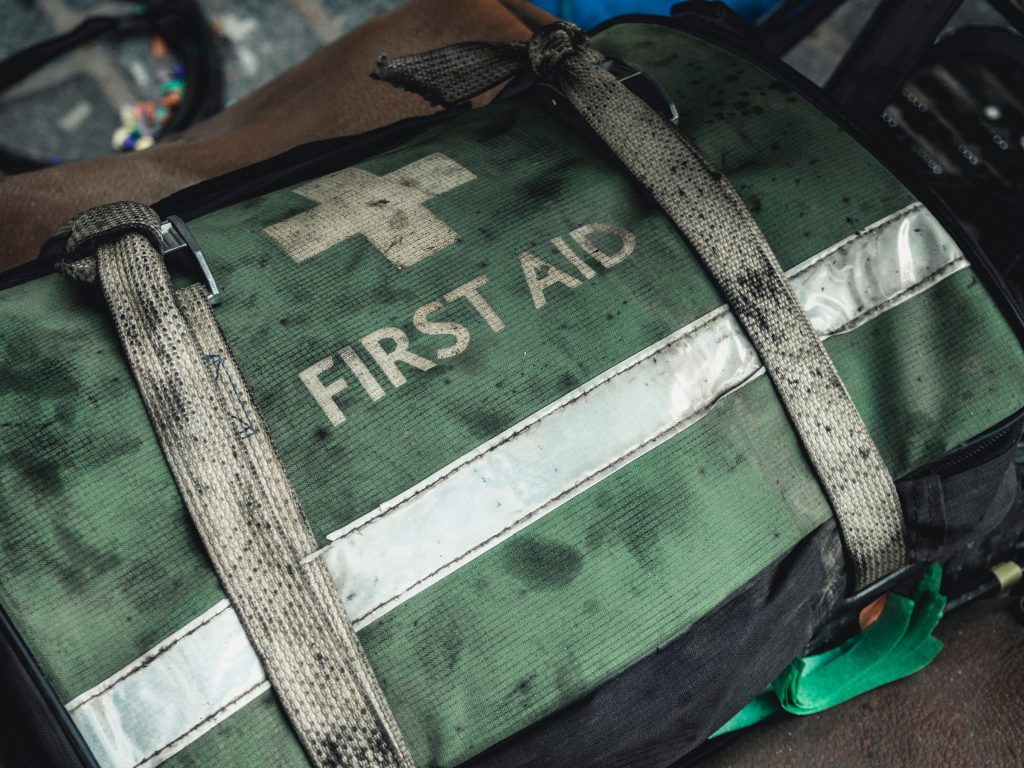
It is also essential to prioritise calling emergency services while making sure that you and the victim are secure from further harm. Afterwards, you can start to administer basic first aid until expert assistance arrives, Bystanders should not crowd the space and should be encouraged to either make the calls or support in the way they can. If possible, you can find personal protective equipment like gloves as it is necessary in order to prevent bloodborne diseases.
Steps in Gunshot Wound Treatment
When presented with a gunshot wound, the wound location would not be the only factor to consider when treating it. Assessing the victim’s general health. making sure their airway is open, and looking for shock indicators should be the first things to do. Furthermore, ensuring that a clean cloth or bandage is applied to the site to provide pressure and stop blood loss is essential as well to staunch the bleeding.
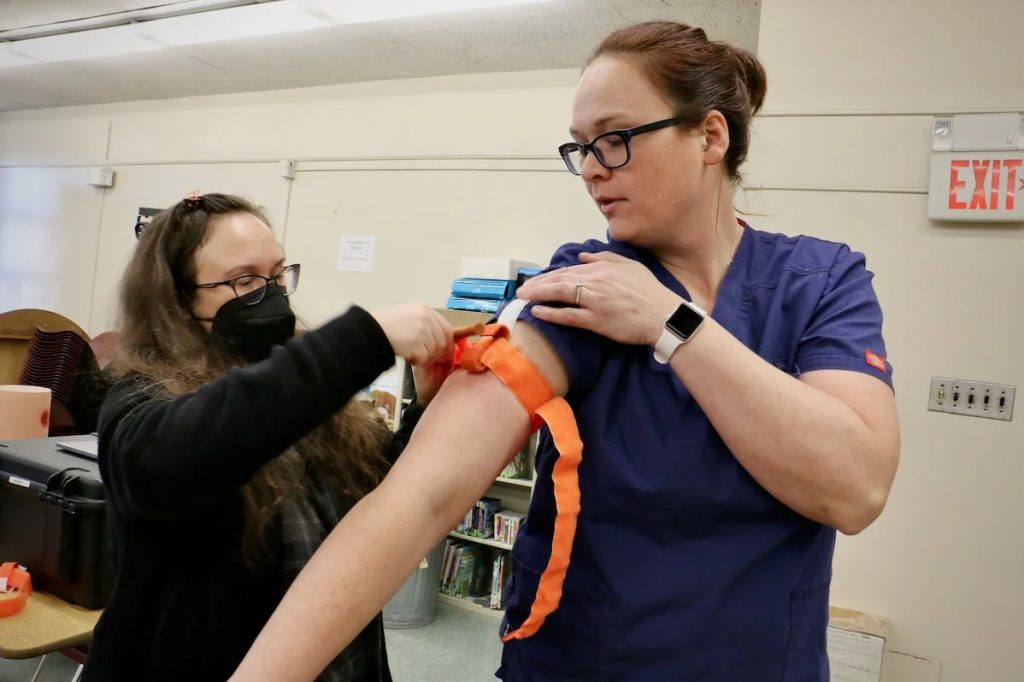
If there are any objects lodged in the wound, you are encouraged to not remove them as it could lead to further blood loss. Instead, continue to apply pressure around the object that may have been lodged and leave its removal to the medical professionals. also, you should avoid giving the victims anything to eat or drink as it can complicate potential surgery.
Knowing when and how to apply these first aid tactics can help stabilize the individual’s condition until professional medical aid arrives, increasing the victim’s chances of survival.
Seeking Professional Medical Assistance
Even if the efficacy of initial response and emergency help for gunshot wounds is done well, seeking professional medical assistance stands as the critical step in ensuring there are increased survival odds. Once the situation is under control and the wounded person is stabilized, the person should be immediately transported to a medical facility.

Working with qualified medical professionals guarantees that gunshot wounds are treated thoroughly, which frequently involves attending to interior problems that are not visible. Consequently, getting expert care for gunshot wounds aims to reduce long-term consequences and start a strong healing process in addition to providing immediate survival.
The Role of Training
There’s no excuse for being ill-prepared, especially when it comes to providing emergency help. Through training, organizations, and individuals can ensure they have the necessary skills to respond to such emergencies promptly and effectively.
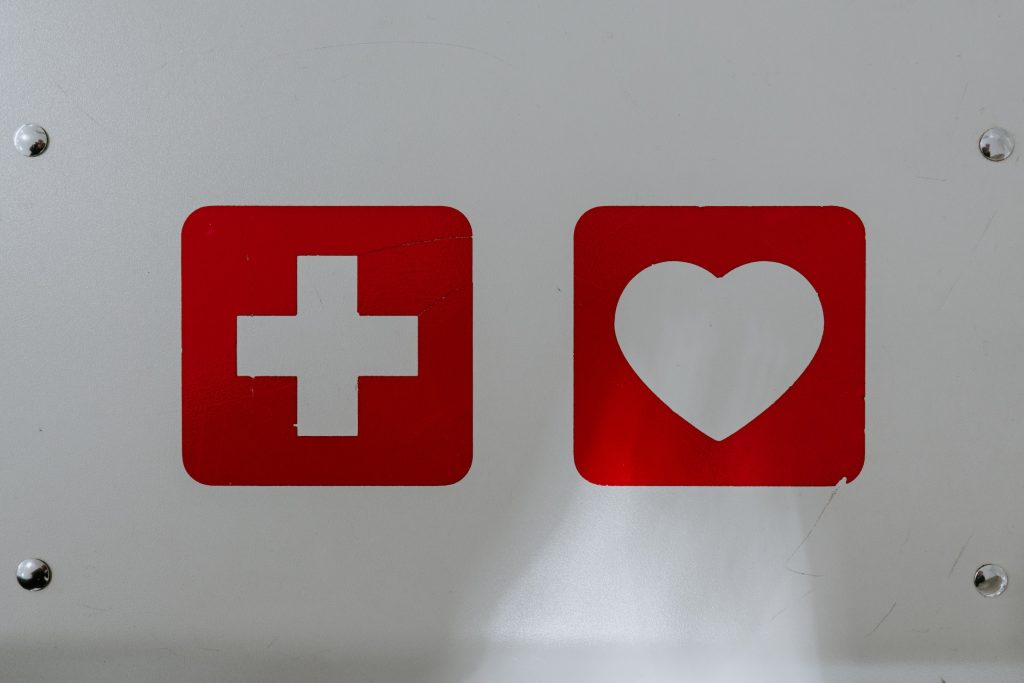
While stepping up in emergencies may sound daunting at first, training courses offering instructions on first aid enable people to gain confidence, skills, and the willingness to act when required.
Being prepared for when the unexpected happens is more than just a well-spent effort. With rising global volatility and gun violence prevalent, the skills necessary to offer emergency help and have lifesaving abilities.
In the face of such a traumatic event, staying calm, taking the right steps, and facilitating professional medical assistance as quickly as possible can dramatically improve survival odds. Proper training and preparedness, therefore, are not just advantageous attributes – in many instances, they can make all the difference.

